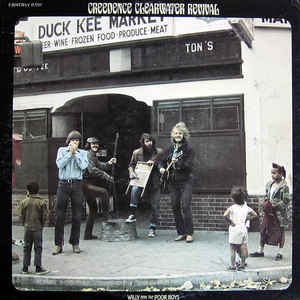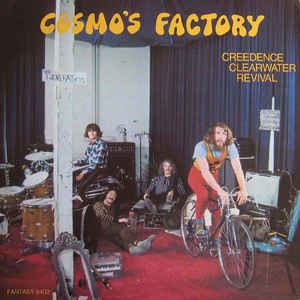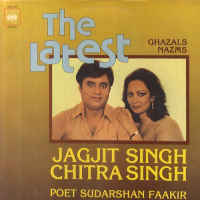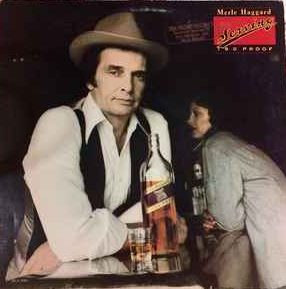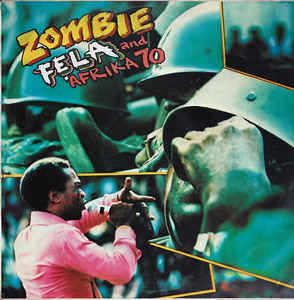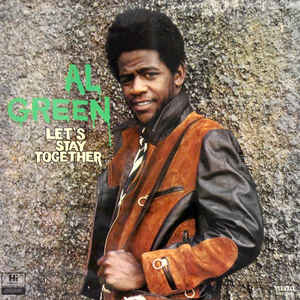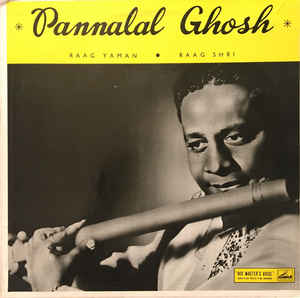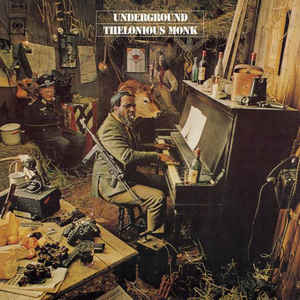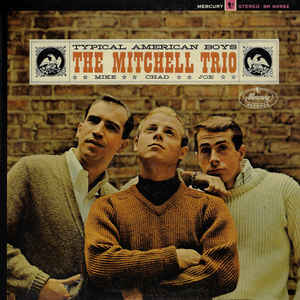
What I love about America:
The blues, jazz and country music. Powdered sugar donuts. The Boundary Water Canoe Area. American friends. My siblings and nephews and nieces and their families. My cousins. The Rocky Mountains. New York. Minneapolis. The Vikings. Chicago. Baseball and NFL. Minnesota in the winter. Minnesota in the summer. The idea of Las Vegas. Graceland. Al Green. John Prine. Bob Dylan. All the great music studios in Memphis and Muscle Shoals. The Neville Brothers. Emmylou Harris and Gram Parsons. The Mississippi Delta, Bobby Gentry, Dr. John and Tony Joe White. The Sonora desert. The creative spirit that comes up with The Sopranos and cool apps. George Jones. Doc Watson and Mississippi John Hurt. Progressive Americans who have some perspective. Sanctuary cities and the dwindling tribe of dissenters. Grape Nuts.
What I loathe about America:
Gun culture. Racism. White privilege. State religion. The Republican Party and nearly everyone of its reprentatives in office. The piss poor education and health systems that are touted as ‘the best in the world’. The self delusion. The outright lies American politicians tell and the eagerness with which Americans lap them up. Hollow patriotism. The justifications and pontifications by pundits, politicians and preachers that give cover to the gun culture, racism, white privilege and state religion, the Republican party, the piss poor education and health systems, the hollow patriotism, the outright lies and self delusion. The American military and foreign policy. The Trump family. His phalanx of evangelical cheerleaders. Americans refusal to travel and lack of curiosity about the world. The belief that the Democratic Party and Joe Biden are ‘going to save us’. The belief that ‘with a new President we’ll return to normal’. The self delusion. The false religion. The popcorn culture. Mainstream country music. AM Radio. Wall Street ruling the roost. The headlines about another mass shooting. Another black man killed for being black. Purple junk food that fizzes. Please, just go away.

